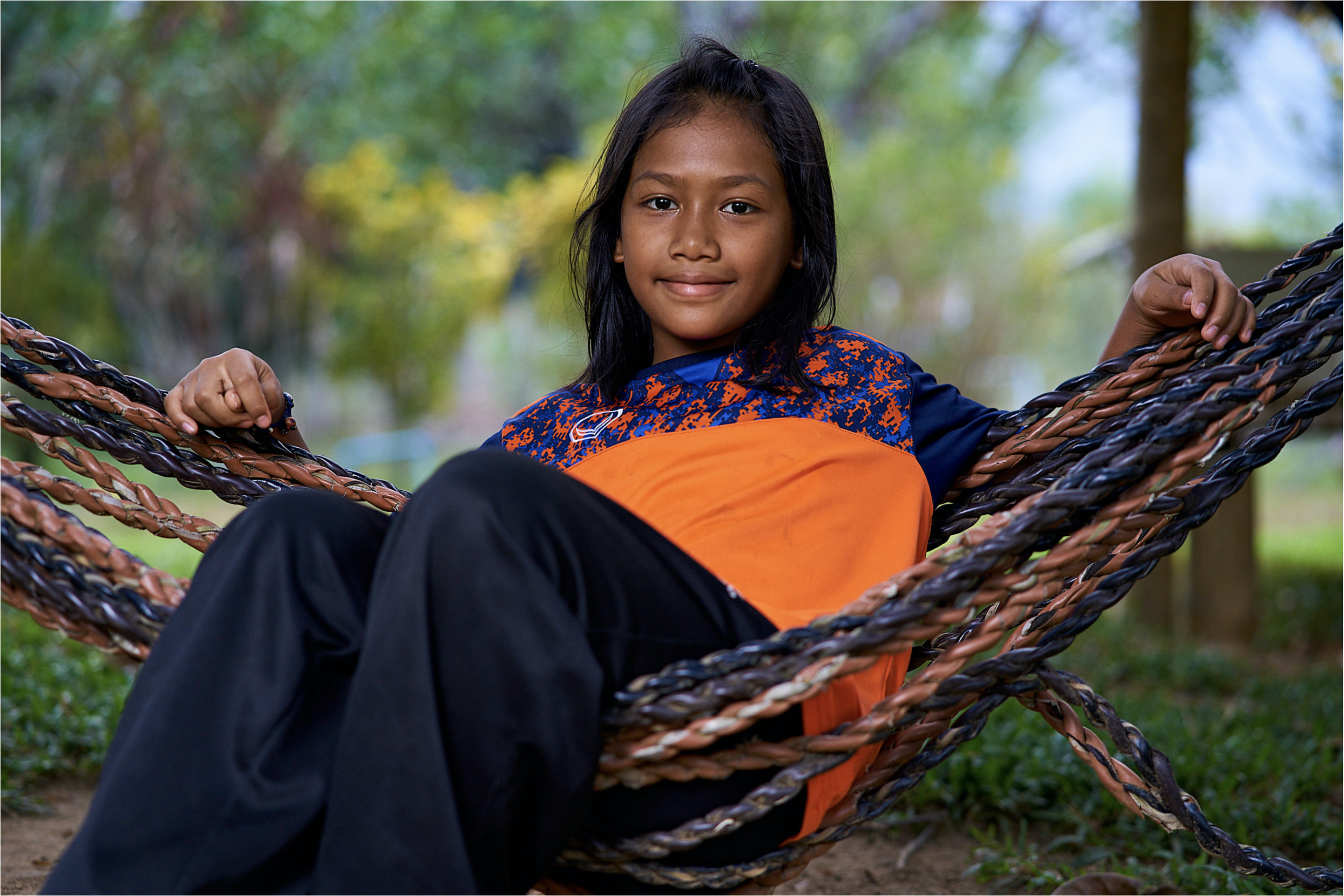A child at risk of being recruited for child soldiering? In 2020? How could this be possible? There are three main factors that contribute to these types of situations:
Poverty — Parents and children often don’t have a choice because they can’t feed and care for everyone. Armed militia offer a basic salary which can be difficult to resist in an area with no work opportunities.
Culture — Child soldiering is often an accepted practice by a culture. This can be rooted in factors like honorable warrior cultures, revenge practices, or exposure to violence.
Power struggles — Armed conflict is often rooted in greed and power struggle and results in exploitation of the weak in exchange for even more power or resources. In these situations, we often see forced conscription of children.
Here is a short story of a young girl that INfire (the organization I serve) has helped. She represents all of these risk factors.
Hunger was almost a constant. Her family is poor, surviving off of subsistence farming with 7 other children, scratching out an existence with machetes and hoes on stripped mountain sides. Over half of Yamon’s family work as soldiers: three of her brothers and her father. They reside in one of the ethnic regions of Myanmar.
As we have seen in many situations, education is a path out. It makes a child less expendable to the community and its leaders. Yamon lived in a forced conscription zone and was nearing 9 years old, the typical age for conscription in the area. There was little hope of schooling for her.
But… someone in our network noticed Yamon. Often it is that relational connectedness to the community that creates these types of opportunities. Our staff noticed her bustling about like a small mother cleaning and caring for her siblings. The girl talked clearly, airing bright thoughts. And it bothered our friend, “This happy, scrawny child becoming a soldier?” They could see it, the father and older boys were often away. The farming intake was meager, even for bare subsistence. Deeply concerned, she contacted one of our teams operating a safe home in the region.
“Can you please check in on this little girl, Yamon — and soon?” After a community visit, our crew fell in love with her. They verified that the economic situation of the family was unraveling. They were in crisis mode. Plus, she was facing the looming threat of conscription. So Yamon came back with our team and became a part of our Children’s Border Home. She now attends school every day while living outside the threat of conscription into the army.
Yamon loves to cook. When she was first with us, she’d play restaurant owner. She chose varied leaves and laid them out like a Chinese style restaurant with veggies to pick and choose from. “Hey you, come to my restaurant!” She shouted at her friends. “Choose some delicious food! This is cabbage, those are big white turnips, the stalk mushrooms are over there. What will you have?”
It’s a gift for our world when we can give a child a season to dream and play instead of carry a gun every day. Also, to brag on our INfire leaders, it’s so good to remember in all the craziness of our world there are people who are doing good work regardless of lockdowns, food shortages, armed conflicts and pandemic crises.




